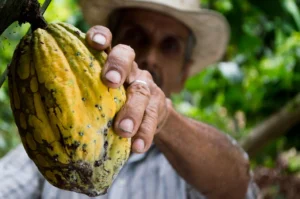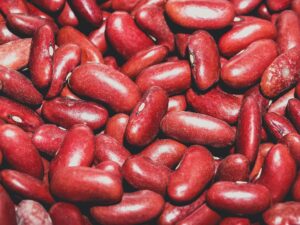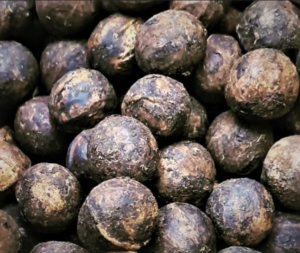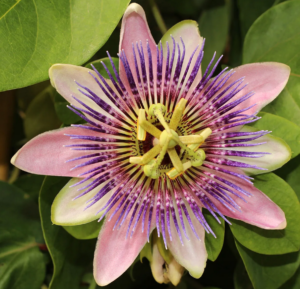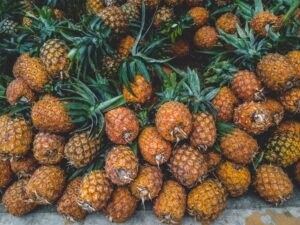The cacao tree starts the complex journey of organic chocolate. While it brings joy, the cocoa industry has also contributed to deforestation and environmental harm in some regions. In response, a growing movement is merging a love for chocolate with a commitment to reforestation and sustainability.
The Cocoa Journey: From Forests to Organic Chocolate
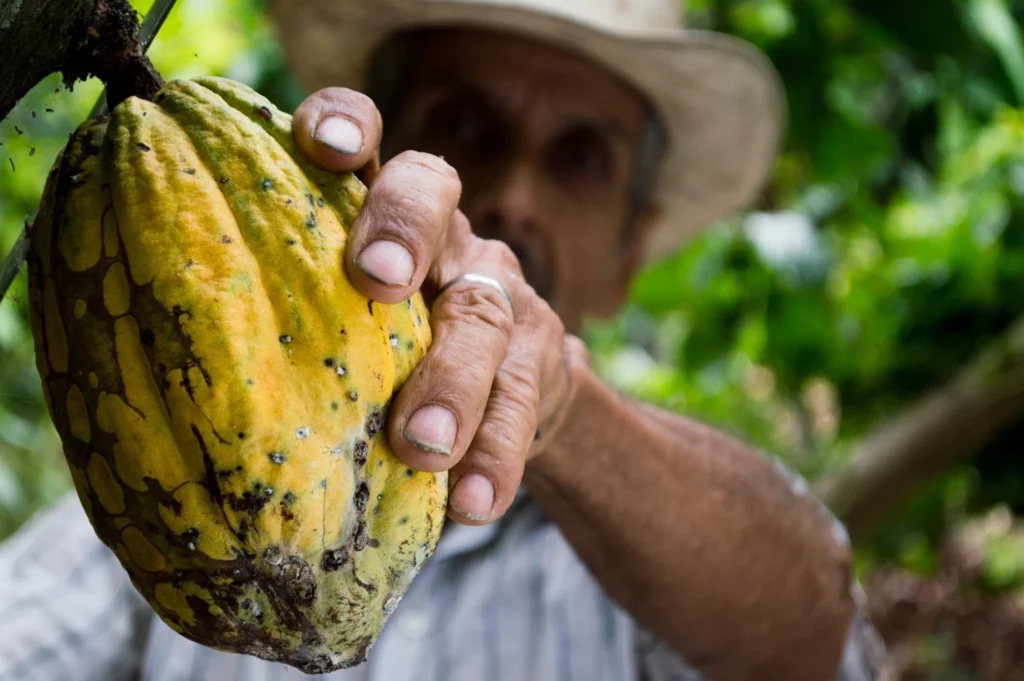
We must first examine the cocoa journey to understand the production of chocolate. Theobroma cacao trees are indigenous to the rainforests of Central and South America. The cocoa pods that these trees produce are filled with the priceless cocoa beans that are utilized to make chocolate. Historically, cocoa plants flourished in the shade and richness of deep rainforests, where they were in their natural habitat.
However, cocoa production increased as the demand for chocolate increased globally. This growth frequently came at the expense of forests. Forests were frequently removed to make room for cocoa plantations and the manufacturing of chocolate. This had significant environmental effects such as deforestation and the loss of biodiversity. Concerns regarding the sustainability of cocoa production and its impact on the environment were raised by this method.
The Reforestation Imperative for Organic Chocolate
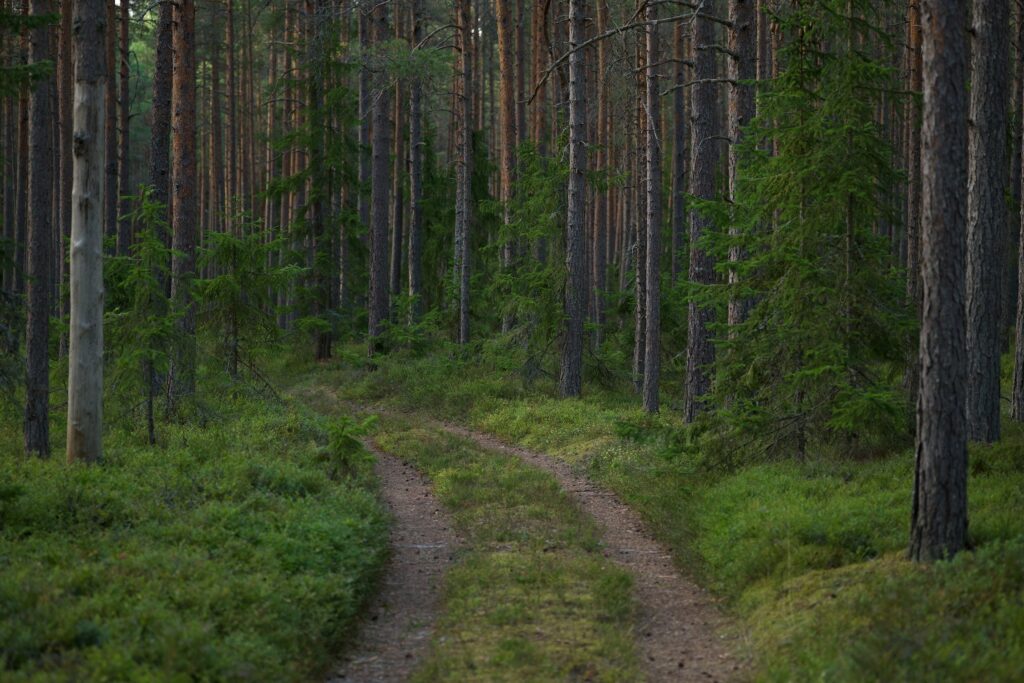
The cocoa industry and environmental groups are supporting reforestation to address challenges in cocoa production. They work with cocoa-growing communities. Reforestation involves planting trees on and near cocoa fields. This promotes sustainable cocoa production and restores natural ecosystems for chocolate making. This is why it’s essential:
1. Biodiversity Conservation
Reforestation aids in recreating the forests where cacao plants formerly flourished. It helps restoring natural habitats for chocolate and maintaining its long-term viability.
Protecting Endangered Species: Areas where cocoa is grown frequently border habitats for threatened animals like jaguars and tree frogs. Reforestation helps maintain the biodiversity of regions that produce chocolate by protecting these creatures and their ecosystems.
2. Soil Health and Water Conservation
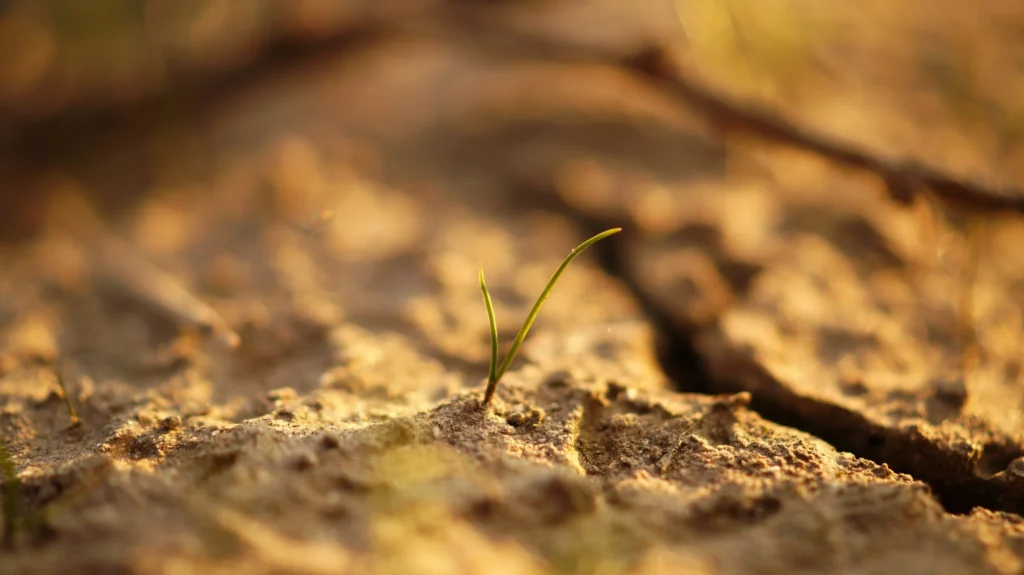
- Preventing Soil Erosion: On cocoa fields, tree roots help stop soil erosion, preserving rich ground for the organic manufacturing of chocolate.
- Enhancing Water Management: Reforestation helps control water flow, preserve healthy ecosystems, lower the risk of flooding, and encourage water conservation—all of which are necessary for the production of chocolate.
3. Carbon Sequestration

- Fighting Climate Change: The capacity of trees to remove carbon dioxide from the atmosphere is well known. Reforestation on cocoa plantations helps to mitigate climate change and sequester carbon, which is crucial for the production of chocolate.
4. Shade-Grown Cocoa for Organic Chocolate

- Quality and Sustainability: Reforestation reduces the need for chemical inputs and gives cacao plants shade, boosting the quality of the cocoa beans needed to manufacture chocolate.
- Biodiverse Shade: Reforested areas have a thriving ecosystem that promotes natural insect management and soil health, both of which are advantageous for the production of chocolate.
Successful Reforestation Initiatives for Organic Chocolate
Several groups and cocoa businesses have launched successful reforestation programs. These initiatives have led to organic chocolate production and sustainable cocoa models:
1. The Cocoa and Forests Initiative (CFI)
- Governments, the cocoa and chocolate sector, and civil society organizations collaborated to launch CFI in 2017. Its goal is to promote the production of organic chocolate while putting a stop to deforestation in the supply chains for cocoa.
2. Cocoa Life Program by Mondelez International
- The goal of this program is to improve the sustainability of the cocoa supply chain, which includes reforestation initiatives in cocoa-producing areas, which are crucial for the manufacturing of chocolate.
3. Fair Trade and Organic Cocoa Farming
- To achieve sustainability standards for cocoa and the production of organic chocolate, several fair trade and organic cocoa growers incorporate reforestation into their methods.
How Consumers Can Support Organic Chocolate and Reforestation

Consumers play a pivotal role in driving positive change in the cocoa industry and the production of organic chocolate. Here’s how you can contribute:
- Choose Organic Chocolate: Certifications like Fair Trade and Organic on chocolate products demonstrate a commitment to sustainability, reforestation, and organic production.
- Support Brands with Reforestation Initiatives: Many chocolate companies are actively involved in reforestation efforts. By purchasing their organic chocolate products, you contribute to these initiatives.
- Educate Yourself: Many chocolate manufacturers take part actively in reforestation initiatives. Your purchase of their organic chocolate goods helps support these programs.
- Advocate for Change: Make use of your voice to promote organic and sustainable cocoa production as well as moral business practices in the organic chocolate sector.
The Sweetness of Sustainability

The link between reforestation and chocolate highlights the prospect of partaking in one of life’s greatest joys while promoting a healthy planet. The chocolate business is adapting with sustainable practices, reforestation initiatives, and a commitment to conserving the delicate balance of our ecosystems as customers grow more conscious of the environmental impact of their choices. We may enjoy the sweetness of a greener, more sustainable planet in addition to the delicious taste of chocolate by supporting these initiatives.
We locate the hope of a more environmentally aware and cocoa-loving future at the crossroads of reforestation and organic chocolate.
The organic chocolate business is making a big step towards sustainability and greener practices by supporting reforestation in cocoa-producing areas. If you liked this read, then you would like sustainable coffee.
